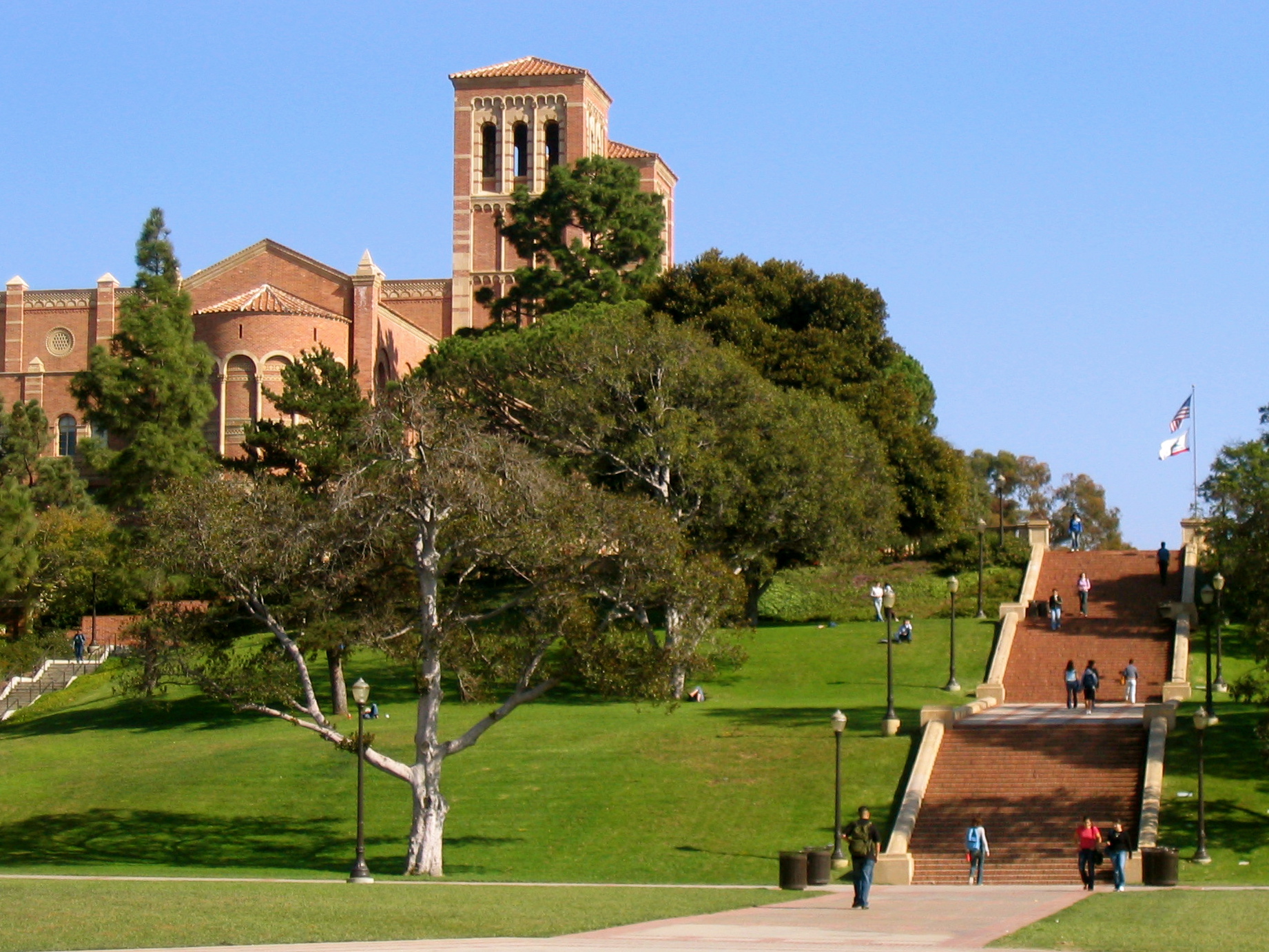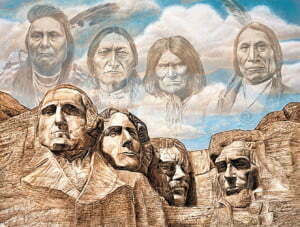I agree with CP Snows idea of two cultures coming from his lecture in 1959, and that they are separated through natural science, and literary intellectuals. In my four years at UCLA I have seen the two cultures and the influence it has on the campus through tags of "North Campus"-literary intellectuals, and "South Campus"-Natural science. As a History major I've got to see a lot more of the literary intellectual culture and would say I'm more influenced by it. Not to say that sciences aren't talked about within history, and from taking GEs along with high school courses I have seen that side of culture too.

(Ucla North Campus-"literary intellectuals")
I've grown up with having two separate cultures, one of American culture and the other of my Cherokee Native American culture from my grandfather. These two cultures like natural sciences and literary intellectuals are unique and different in their own ways. But having both gives me an understanding of both and appreciation of both just like the two cultures CP Snow talks about and my experience with them at UCLA where I'm closer to one more so than the other but still have experience with the other.

(http://blog.nativepartnership.org/native-american-american-indian-or-indian/)
Just from my perspective I would say the relationship between scientist and artists (literary intellectuals) has never been closer. Specifically with artist and they their methods advancing due to scientific/technological advances. And with the other way Bohm explains how scientist need to have a certain creative mindset similar to an artist, and once they do so originality will arise. Stephen Wilson points out this relationship growing will only be a beneficial thing, "The most interesting developments, however, will come when science and technology begin to be seen as the cultural activities that really are and when doing research becomes part of doing art." (page 5).

(http://upgradesigner.blogspot.com/2015/08/inspiration-of-day-design-is-where.html#.V2t2K_krLcc)
This is actually a subject that was covered in a communications class I took this last school year so I've had some prior thought about the relationship between the two. At this point both at Ucla and in life the relationship between these two cultures is growing closer and closer, so it is crucial to have a equal understanding and study of both and not such a heavy focus on one of the other (due to the direction they are going). By having an understanding of this for myself and others would only be beneficial because it would continue to push the understanding of the constant change in science which works into the growth of art and visa versa.
Bohm, D. "On Creativity." JSTOR. N.p., n.d. Web. 04 Oct. 2013.
Kelly, Kevin. "The Third Culture." The Third Culture. N.p., n.d. Web. Feb. 1998
Snow, C. P. The Two Cultures and the Scientific Revolution. New York: Cambridge UP, 1959. Print.
Vesna, Victoria. "Toward a Third Culture: Being In Between." Leonardo. 34 (2001): 121-125. Print.
Wilson, Stephen D. “Myths and Confusions in Thinking about Art/Science/Technology.” College Art Association Meetings. New York, New York, 2000. Print